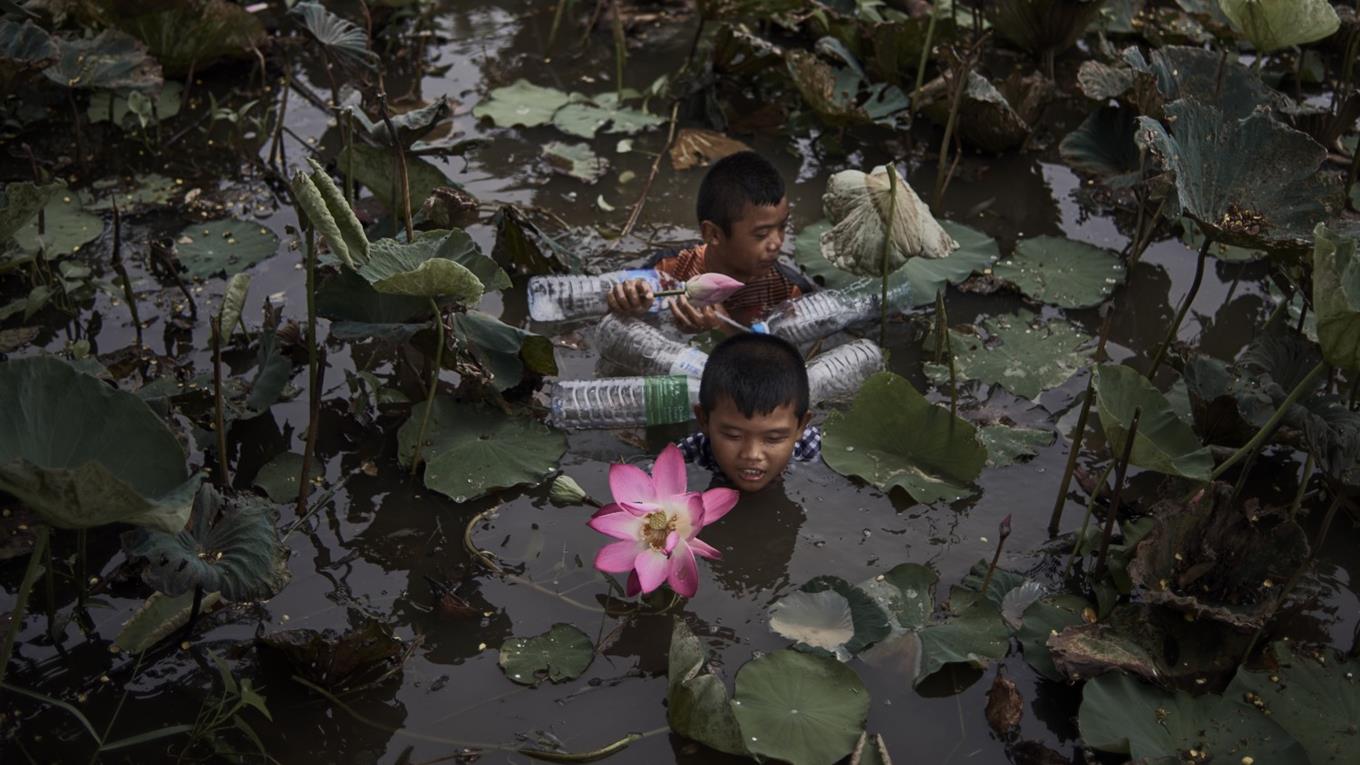Press Release
Method
A press release is a media communication tool designed to promote important and recent information, findings or events to relevant news and media outlets. It can be used to communicate information on the local drowning issue, or to promote interventions associated with National Water Safety Plan implementation to the general public. This document should be short and compelling to catch the eye of the reader and increase the chance of its content being circulated through the media. It should allow journalists to write their own informed outputs after reviewing its content.
Things to include in a press release are: a headline, sources for all information included, quotes, author contact information and a date/location stamp. It should be written in the third person and follow the structure of a news article:
- Start: one to two line summary on the content of the press release.
- Middle: present data on the drowning issue in the local context. Potentially introduce the water safety plan, describing selected goals, objectives and introducing relevant interventions that will be implemented as part of the plan. Include quotes.
- End: a reiteration of the importance of drowning reduction and water safety. Potentially include a ‘call to action’, prompting readers to get involved with a aspects of water safety plan implementation.
Although a press release needs to be eye-catching, it is important to stick to the facts. In addition to this, make sure the information released is newsworthy and relevant – potentially frame the drowning issue as a contributor to a broader current debate or controversy, such as child safety. Consider: does the press release shed light on a new development or on recently available data? Will many people be directly affected by it? If appropriate, a press release may be written to target a specific population of a specific media outlet, making its content appear more relevant to the media source.
Advantages
- A press release is a short document which can be quick and simple to write.
- It is a cost-effective way to engage with the press.
- Does not require unique resources to create.
- Useful, free writing guides are available online.
Disadvantages
- The most effective press releases are written by an experienced media professional, such as an individual who works in communications or public relations.
- There is no guarantee that the content of a press release written about, or even read, by a media source.
- Even well-written and topical press releases can be dismissed if more urgent news occurs.
- The media may report the information within the press release differently to how it was planned by the authors.
Context
The main purpose of a press release is to inform the media on the drowning issue and alert them to National Water Safety Plan implementation, passing the information on to a larger audience. A press release may be used for increasing general awareness on a water safety plan or for gaining support for associated interventions.
Consider which media outlets are relevant to target, whether the press release is general or restricted, and whether there is a time limit for its content to be published by. Before creating a press release, ensure that the information included cannot be wrongly interpreted or distorted by the media. It is important to only generate positive media attention.
Step 6
Gain government endorsement
